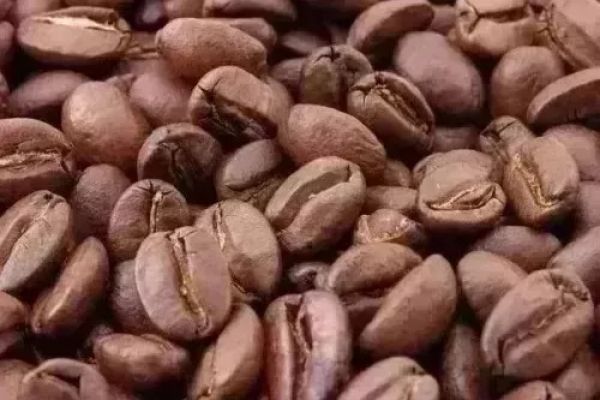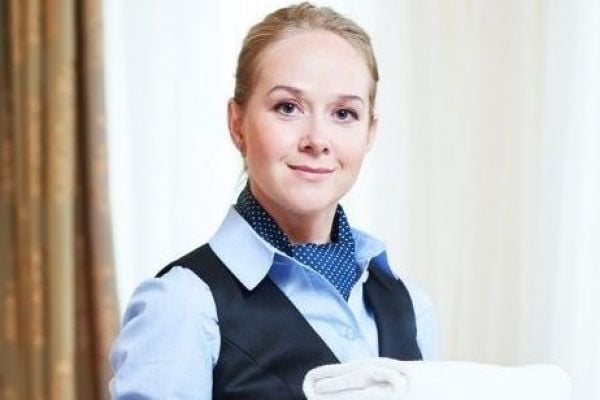Cookbooks are flourishing in an otherwise reduced publishing market, and restaurants have not been slow to jump on the bandwagon. Everywhere from Michelin-starred establishments to the friendly neighbourhood caff is busy producing a recipe book. But have we reached a tipping point? Emily Hourican investigates.
In a publishing world where diminishing returns seem set to last, food is the genre that most successfully bucks the steady downwards trend. After all, Jamie, Nigella and Nigel Slater dominated the UK best-seller lists last year. And in a hospitality industry where establishments are fighting for brand recognition and market share, the very same answer applies: cookbooks are increasingly shorthand for brand enhancement, publicity and diversification.
There are lifestyle cookbooks, full of dream kitchens and gardens, with shots of children, hedgerows and berries. Then there are business-like cookbooks: serious types, with diagrams of cows divided up into cuts of meat, or instructions on how to fillet fish. Each has a specific purpose and market, from dedicated foodies to terrified amateurs, via people who buy cookbooks like the rest of us might buy magazines – in large numbers, on a whim, attracted by the bright photographs and pretty type.
Somewhere in between are restaurant cookbooks. This is a slightly different genre because it is trying to do two things, or possibly just one thing, but with the option of a second. Primarily, they are about recognition and buy-in. The aim of restaurant cookbooks is to promote the restaurant, to bring their brand into people’s houses, to enhance that brand with extra depth, and to showcase the restaurant’s philosophy and ideology in an enduring way. They are a way of making customers feel part of a community, thereby encouraging loyalty and repeat business. Not bad for a collection of recipes and glossy photos. Somewhere after that comes the notion of providing a blueprint for a series of dishes that customers could actually replicate at home – these are the branded beer mugs ofthe restaurant world. As a result, there are plenty of restaurant cookbooks where the recipes are way too complicated, too cheffy, too professional for the average customer. These are statements-slash-catalogues by chefs like Pierre Gagnaire, Marc Veyrat and Ferran Adrià – impossibly complicated, utterly beautiful, and costing well over €100.
Look at The Big Fat Duck cookbook, by Heston Blumenthal, with its silver page edgings and delicate duck-feather motifs. It is as much an autobiography and science book as a recipe book, and possibly more a coffee-table photography book than either of those. For sheer gastro-porn, or an explanation of the effect of the protein ‘glue’ transglutaminase on mackerel, this is where to go. For an idea of what to throw together for dinner, certainly not.
Martijn Kajuiter of the Cliff House Hotel’s Let’s Go Disco, published last October, is in a similar vein – a glorious testimony to his philosophy of food and creative influences, but I’m not sure any of us would turn to it for a suggestion of what to give the in-laws for Sunday lunch. Published by the Cliff House rather than a publishing company, this is clearly intended as a thing of beauty and a calling card.
However, at the most functional end of the scale, there are plenty of Irish restaurants jostling for position on the shelves. From MacNean House, where Neven Maguire is averaging a cookbook a year almost, at this stage, to the Blue Haven Hotel in Cork, whose Casual Cooking follows on from the celeb tie-in Christmas with Amanda Brunker and The Blue Haven Food Company, Irish restaurants have cottoned on to the fact thatcookbooks are the Holy Grail. Ard Bia, Ely, Cafe Paradiso, the Surf Café, Zest, Thornton’s, Blazing Salads, L’Ecrivain and, of course, Ballymaloe, have all jumped on the bandwagon. Some self-publish and sell their books only through the restaurant, others can be found alongside the best-sellers in bookshops across the country.
One recent addition to the genre is Saba: The Cookbook, which recently won a prestigious Gourmand Award for ‘Best Asian Cookbook in the World’, much to the delight of Saba owner Paul Cadden. The book is on sale through the restaurant, Amazon and ‘all good bookshops’. What reasons did Paul have for producing a book, given the effort involved in so doing? “It’s true that it was a huge investment in time and resources. We had a small team, and we published the book ourselves. I never realised how much time and effort it would take!
“There were a couple of reasons for doing it. We were continuously being asked for recipes, and there are not many cookbooks that focus on Thai and Vietnamese cuisine. Also, it was an opportunity to promote Saba and, finally, to raise funds for two great charities.” And what exactly does Paul think is the value to the restaurant? “It is difficult to measure,” he concedes. “However, the book has won eight awards, including the prestigious Gourmand Award. This was something that we had never foreseen and has attracted fantastic publicity for the book and Saba.”
Alvin Perry of Fresh, the book’s designer, says, “We wanted to document a typical day behind the scenes at Saba, to capture the staff at work as they begin their day, preparing the restaurant for opening, sourcing local ingredients, prepping the food, mixing the cocktails, right through to closing, when it’s time to clean up and lock the doors after another busy day. To achievethis, we used unstaged/natural documentary photography, allowing the shots to convey the passion and energy of the staff as they go about their daily jobs.”
Despite the cost of producing the book, Paul Cadden and chef Taweesak Trakoolwattana opted to give all proceeds to charity. “The book initially was not for charity,” Paul explains, “but about halfway through the project, Taweesak and I were talking. We both had things happen to people close to us that we could not really do anything about. Taweesak had friends and family who were seriously affected by the floods in Thailand, losing homes andcrops, while my sister-in-law’s eight-year-old niece had bone-marrow cancer in Crumlin’s Children’s Hospital and was really having a difficult time. Happily, she pulled through and is now back at school, but in response to these two events, we decided to donate the proceeds of the book to the Thai Red Cross Society and the Bone Marrow Transplant Unit at Our Lady’s Children’s Hospital, Crumlin.”
The question is: have we reached a tipping point? Is the market reaching saturation? After all, how many cookbooks can the public reasonably be expected to buy? Looking at global trends, there is a realpossibility that the next, or next-but-one, batch of books is doomed to languish, victims of the move to online and instinct to declutter.
Around the world, sales of cookbooks are still strong, but they have flatlined. More and more, people are searching their iPads for a recipe rather than the books they have bought or been gifted. This is because searching online allows you to work backwards, as it were. Type in ‘Swiss chard’ and ‘bacon’, and you will find a recipe from among the millions online that uses these two ingredients, instead of deciding on a dish, and then going out and buying what is necessary to create it. And that, increasingly, is the way the world works.
There is still a place for cookbooks, and for the type of visual satisfaction and inspiration they afford. There is no doubt that a beautifully produced book will enhance a restaurant’s reputation among existing customers, as well as provide a vital impetus to new ones to visit. However, these books may not be the answer to the restaurant world’s prayers for too much longer.









